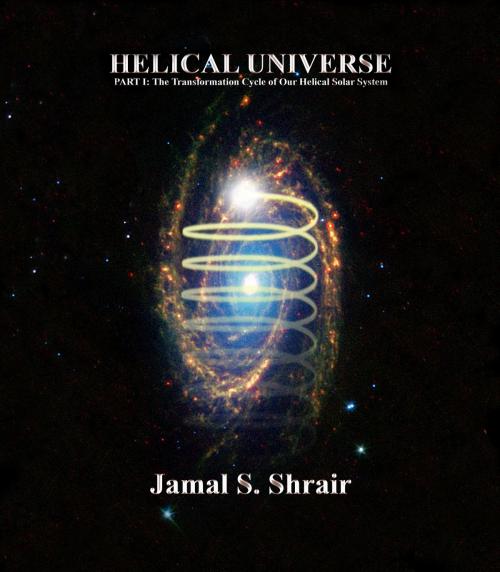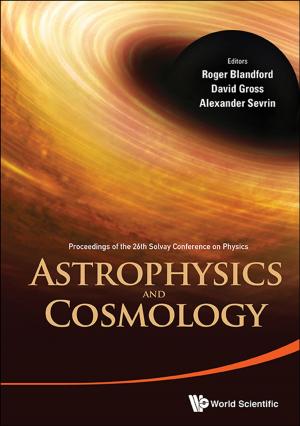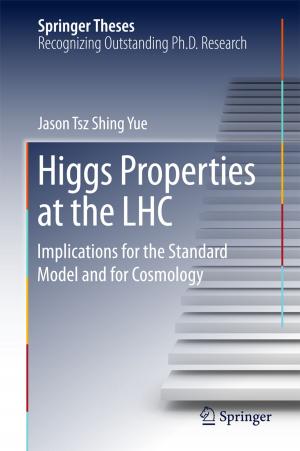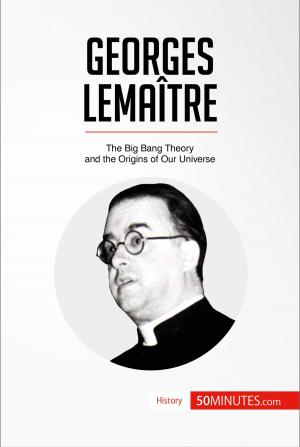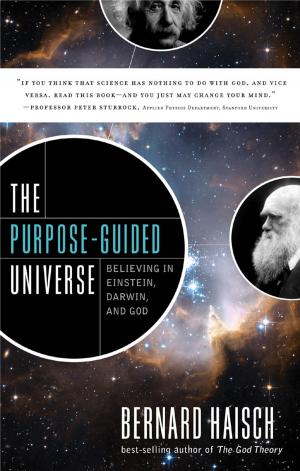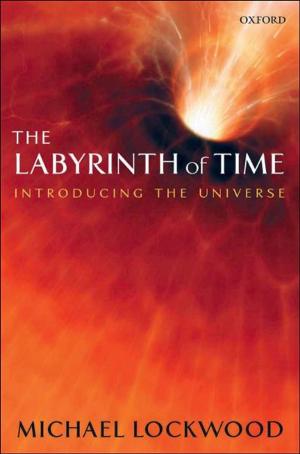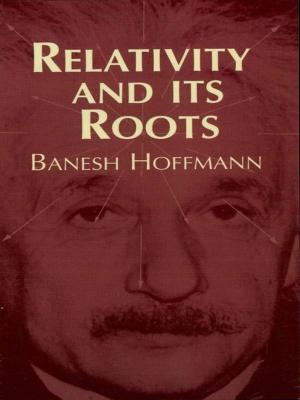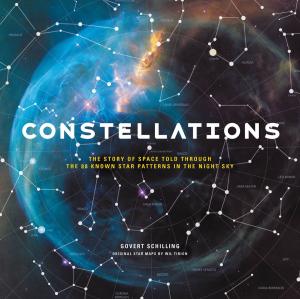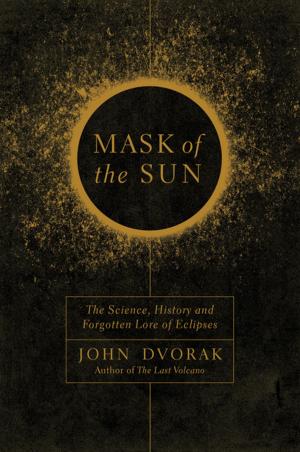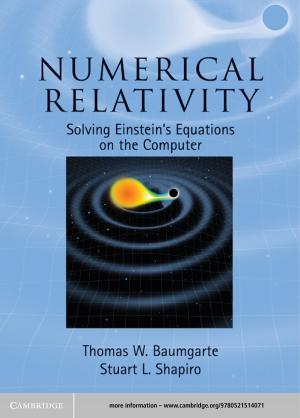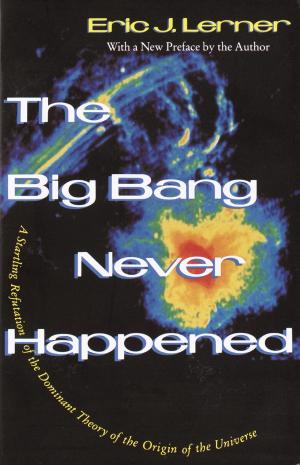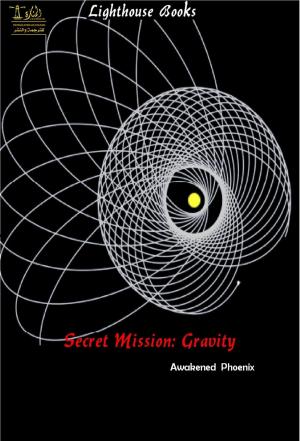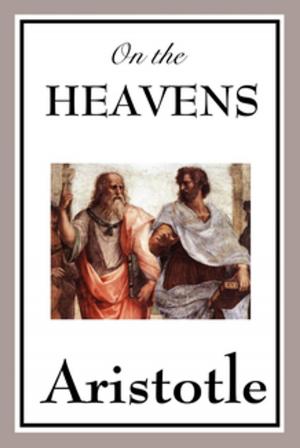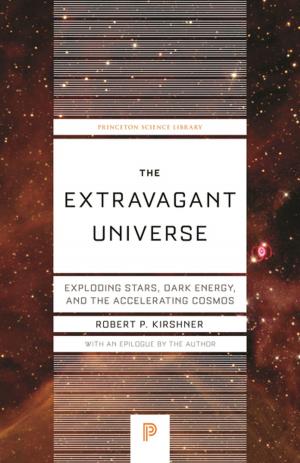HELICAL UNIVERSE
The Transformation Cycle of Our Helical Solar System
Nonfiction, Science & Nature, Science, Physics, Gravity, Quantum Theory, Cosmology| Author: | Jamal Shrair | ISBN: | 1230000238907 |
| Publisher: | Jamal Shrair | Publication: | May 14, 2014 |
| Imprint: | Language: | English |
| Author: | Jamal Shrair |
| ISBN: | 1230000238907 |
| Publisher: | Jamal Shrair |
| Publication: | May 14, 2014 |
| Imprint: | |
| Language: | English |
Introduction
The majority of present day physics theories were hypothetically formulated in the 17th, 18th and 19th centuries, while very few were formulated in the first four decades of the 20th century. In addition, data from advanced satellites, space telescopes and other space devices are in disagreement with the fundamental principles of most astrophysics and cosmological theories.
Instead of revising these old theories as new observational and experimental data are discovered, they are kept as sacred laws and perpetuated no matter what modern observations and experiments show. Physics in our era - especially high energy physics - is mostly composed of exotic theories which are based on imaginary particles that have mysterious properties and which are accompanied by complicated theoretical mathematical expressions. The way to explain any new discovery that does not fit the basic concepts of these lavish theories is by inventing an imaginary new subatomic particle with characteristic that meet all the requirements of the proposed theory. Future advancements in physics will no doubt show that the majority of these current theories are myths; more warped than some of the theories of the medieval ages.
Defining the real nature of matter is the most basic scientific task that has to be defined, yet modern thinkers fail to define it any more precisely than ancient philosophers. And just like the ancient thinkers, modern ones sought an easy way out of this predicament. Today’s thinkers selected mass to represent matter - which is actually a property of matter and not matter itself - while the ancients selected various other properties to describe it.
It is well known that in modern physics there are particles like photons and gluons which are supposed to transmit the forces of interaction, but are interestingly also considered to have no mass themselves! So that must mean these particles have no matter content. But without matter how can they be real physical objects? A zero mass photon also contradicts the definition of momentum, which is defined as mass multiplied by linear velocity.
All contradictions that are currently widespread in physics can be traced back to the confusion of mass with matter. For instance, presently there are no logical explanations for the characteristics of light and its motion. It is not understood what causes light and how it is propagating. It is arbitrarily assumed that light travels at a constant velocity without any external influences like acceleration or deceleration. Because of this myth and the myth of zero mass, it is simply assumed that light reaches its constant linear velocity without the action of an external force on it. The bending of light when it passes near a large celestial body, like our star, is attributed to the physical curvature of space or geometrical property of space (some kind of entity that has no physical structure). This is clear evidence for the contradictions in physics theories that are taught in our educational institutions. Even based on the current understanding of gravity (Newton’s gravitational concept), the notion of a photon with zero mass does not make sense. If the photon possesses no mass then how can gravity affect light? Either the photon has mass or the formula for the force of gravity is wrong. The force of gravity is a product of the masses over the distance squared, so if a photon has zero mass then there should be zero force of gravity acting on it.
However, in physical reality mass is property of matter and not matter itself. There is no real physical object (constituted by matter) that can have a zero mass. More importantly the force that unifies the building blocks of matter is the only absolute force. The same force unifies the universe as a whole and mediates all kinds of physical interactions.
All subatomic interactions are characterized by strong interrelation and magnetic nature. The weak and strong interactions are governed by the same force. All charged particles and neutral hadrons participate in electromagnetic interactions and even quite different types of particles have very similar magnetic properties. The universal inter-dependence, inter-relation, inter-conversion and common magnetic properties of elementary particles clearly demonstrate that they are all formed from a single magnetic substance. This magnetic substance is nothing more than a pair of identical magnetic charges that are rotating together in an opposite helical trajectories. One charge rotates to the right (clockwise) and the other one to the left (counter-clockwise). These two magnetic charges are the most elementary form of matter. All forms of matter from the smallest to the largest are composed from these two charges.
Particles and subatomic particles can be coherently structured in only three possible ways. One type has a higher number of left hand rotations and this is what we call negatively charged particle. The other type has a higher number of right hand rotations and this is what we call positively charged particle. The third kind is formed from an equal number of left handed and right handed charges and this is what we call a neutral particle. Properties of atoms, particles and subatomic particles are defined by the number of these charges, their orientations and how they are structured to form a coherent object. The transfer of energy among these charges in their orbits is resonant and instantaneous. More importantly, the force that governs these charges, which is also permanently present in them, is the only absolute physical reality and everything else is only an appearance and manifestation of the magnetic structure of matter (MSM).
A neutron is a complex system of charges with a central positive charge and an equal number of negative charges at its periphery. Such a system would have a negative magnetic moment as it rotates about its axis. In other words, a neutron can be viewed as a complex set of the magnetic charges of an ideal proton and the negative "virtual” magnetic charges revolving around it. It is well known that when a neutron decays it splits into a proton, electron and gamma radiation. Other evidence to show that neutrons are composed of positive and negative charges is the influence of magnetic fields. In fact, not only does a neutron have a magnetic moment, but so do all neutral particles, like neutrinos. The proton is a complex set of magnetic charges; an ideal neutron with an overall positive virtual magnetic charge revolving around it. The electron is a composite particle, although it is less complex than the neutron or the proton. There must be an orbital motion of charges within the electron to provide its dipolar magnetic field. The magnetic charges orbiting within the radius of an electron, or any other infinitesimal particle, have to move with superluminal velocity - which far exceeds the so -called speed of light – in order for these particles to remain as coherent objects.
Both real and virtual particles show that they are composed of the same substances. Real particles can move freely in space and in time, virtual particles exist only for a short time separated from the nucleon by a certain distance. After this short time (nuclear time) the virtual particle is captured once again by the nucleon. Therefore, the cloud of virtual particles that surrounds the nucleon is continuously being created and annihilated. It is this transfer of virtual particles from one nucleon to another which is responsible for nuclear interactions.
However, the most basic question one has to ask about my concept (MSM) is the following: If the building block of matter is made from a pair of magnetic charges then why cannot all materials be natural magnets? All materials are magnetic in nature but not all materials can be natural magnets. The reason has to do with the number of electrons within the atoms of the material and how they are structured and how they align themselves.
Most materials have atoms that only have paired electrons, with the intrinsic magnetic moment of each electron cancelled out by the intrinsic magnetic moment of its pair. In other words, in materials with atoms that only have paired electrons or filled sub-shells, the magnetic moments of their atoms point in random directions – which cancel out. These materials are very weak magnetic materials and cannot be magnetized to become natural magnets. On the other hand, materials that have atoms with either unpaired electrons, unfilled sub-shells, or both, are strong magnetic materials. They can be easily magnetized and produce a strong magnetic field, since their electrons align themselves in the same direction. Thus, the degree of magnetization of the material depends on the pairing of electrons and their dipoles.
The strongest magnetic fields can be induced from metals with uneven electrons or half-shells. The higher the temperature and density is, the stronger the magnetic field. Therefore, heavy elements like Iron, Nickel, Cobalt, etc., must be the dominant elements in the universe, with Iron being the main element.
Introduction
The majority of present day physics theories were hypothetically formulated in the 17th, 18th and 19th centuries, while very few were formulated in the first four decades of the 20th century. In addition, data from advanced satellites, space telescopes and other space devices are in disagreement with the fundamental principles of most astrophysics and cosmological theories.
Instead of revising these old theories as new observational and experimental data are discovered, they are kept as sacred laws and perpetuated no matter what modern observations and experiments show. Physics in our era - especially high energy physics - is mostly composed of exotic theories which are based on imaginary particles that have mysterious properties and which are accompanied by complicated theoretical mathematical expressions. The way to explain any new discovery that does not fit the basic concepts of these lavish theories is by inventing an imaginary new subatomic particle with characteristic that meet all the requirements of the proposed theory. Future advancements in physics will no doubt show that the majority of these current theories are myths; more warped than some of the theories of the medieval ages.
Defining the real nature of matter is the most basic scientific task that has to be defined, yet modern thinkers fail to define it any more precisely than ancient philosophers. And just like the ancient thinkers, modern ones sought an easy way out of this predicament. Today’s thinkers selected mass to represent matter - which is actually a property of matter and not matter itself - while the ancients selected various other properties to describe it.
It is well known that in modern physics there are particles like photons and gluons which are supposed to transmit the forces of interaction, but are interestingly also considered to have no mass themselves! So that must mean these particles have no matter content. But without matter how can they be real physical objects? A zero mass photon also contradicts the definition of momentum, which is defined as mass multiplied by linear velocity.
All contradictions that are currently widespread in physics can be traced back to the confusion of mass with matter. For instance, presently there are no logical explanations for the characteristics of light and its motion. It is not understood what causes light and how it is propagating. It is arbitrarily assumed that light travels at a constant velocity without any external influences like acceleration or deceleration. Because of this myth and the myth of zero mass, it is simply assumed that light reaches its constant linear velocity without the action of an external force on it. The bending of light when it passes near a large celestial body, like our star, is attributed to the physical curvature of space or geometrical property of space (some kind of entity that has no physical structure). This is clear evidence for the contradictions in physics theories that are taught in our educational institutions. Even based on the current understanding of gravity (Newton’s gravitational concept), the notion of a photon with zero mass does not make sense. If the photon possesses no mass then how can gravity affect light? Either the photon has mass or the formula for the force of gravity is wrong. The force of gravity is a product of the masses over the distance squared, so if a photon has zero mass then there should be zero force of gravity acting on it.
However, in physical reality mass is property of matter and not matter itself. There is no real physical object (constituted by matter) that can have a zero mass. More importantly the force that unifies the building blocks of matter is the only absolute force. The same force unifies the universe as a whole and mediates all kinds of physical interactions.
All subatomic interactions are characterized by strong interrelation and magnetic nature. The weak and strong interactions are governed by the same force. All charged particles and neutral hadrons participate in electromagnetic interactions and even quite different types of particles have very similar magnetic properties. The universal inter-dependence, inter-relation, inter-conversion and common magnetic properties of elementary particles clearly demonstrate that they are all formed from a single magnetic substance. This magnetic substance is nothing more than a pair of identical magnetic charges that are rotating together in an opposite helical trajectories. One charge rotates to the right (clockwise) and the other one to the left (counter-clockwise). These two magnetic charges are the most elementary form of matter. All forms of matter from the smallest to the largest are composed from these two charges.
Particles and subatomic particles can be coherently structured in only three possible ways. One type has a higher number of left hand rotations and this is what we call negatively charged particle. The other type has a higher number of right hand rotations and this is what we call positively charged particle. The third kind is formed from an equal number of left handed and right handed charges and this is what we call a neutral particle. Properties of atoms, particles and subatomic particles are defined by the number of these charges, their orientations and how they are structured to form a coherent object. The transfer of energy among these charges in their orbits is resonant and instantaneous. More importantly, the force that governs these charges, which is also permanently present in them, is the only absolute physical reality and everything else is only an appearance and manifestation of the magnetic structure of matter (MSM).
A neutron is a complex system of charges with a central positive charge and an equal number of negative charges at its periphery. Such a system would have a negative magnetic moment as it rotates about its axis. In other words, a neutron can be viewed as a complex set of the magnetic charges of an ideal proton and the negative "virtual” magnetic charges revolving around it. It is well known that when a neutron decays it splits into a proton, electron and gamma radiation. Other evidence to show that neutrons are composed of positive and negative charges is the influence of magnetic fields. In fact, not only does a neutron have a magnetic moment, but so do all neutral particles, like neutrinos. The proton is a complex set of magnetic charges; an ideal neutron with an overall positive virtual magnetic charge revolving around it. The electron is a composite particle, although it is less complex than the neutron or the proton. There must be an orbital motion of charges within the electron to provide its dipolar magnetic field. The magnetic charges orbiting within the radius of an electron, or any other infinitesimal particle, have to move with superluminal velocity - which far exceeds the so -called speed of light – in order for these particles to remain as coherent objects.
Both real and virtual particles show that they are composed of the same substances. Real particles can move freely in space and in time, virtual particles exist only for a short time separated from the nucleon by a certain distance. After this short time (nuclear time) the virtual particle is captured once again by the nucleon. Therefore, the cloud of virtual particles that surrounds the nucleon is continuously being created and annihilated. It is this transfer of virtual particles from one nucleon to another which is responsible for nuclear interactions.
However, the most basic question one has to ask about my concept (MSM) is the following: If the building block of matter is made from a pair of magnetic charges then why cannot all materials be natural magnets? All materials are magnetic in nature but not all materials can be natural magnets. The reason has to do with the number of electrons within the atoms of the material and how they are structured and how they align themselves.
Most materials have atoms that only have paired electrons, with the intrinsic magnetic moment of each electron cancelled out by the intrinsic magnetic moment of its pair. In other words, in materials with atoms that only have paired electrons or filled sub-shells, the magnetic moments of their atoms point in random directions – which cancel out. These materials are very weak magnetic materials and cannot be magnetized to become natural magnets. On the other hand, materials that have atoms with either unpaired electrons, unfilled sub-shells, or both, are strong magnetic materials. They can be easily magnetized and produce a strong magnetic field, since their electrons align themselves in the same direction. Thus, the degree of magnetization of the material depends on the pairing of electrons and their dipoles.
The strongest magnetic fields can be induced from metals with uneven electrons or half-shells. The higher the temperature and density is, the stronger the magnetic field. Therefore, heavy elements like Iron, Nickel, Cobalt, etc., must be the dominant elements in the universe, with Iron being the main element.
